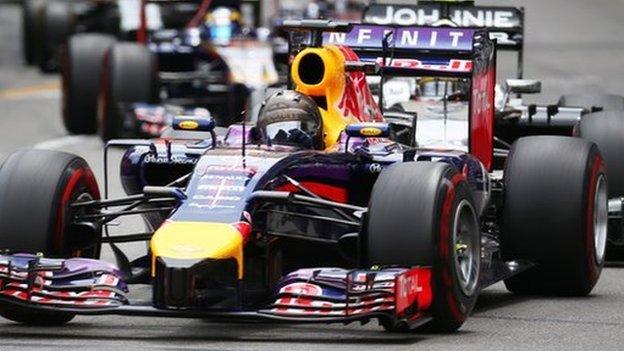Lewis Hamilton & Nico Rosberg both set to debut in Austria
- Published
After more than a decade, Formula 1 returns to Austria this weekend, and Lewis Hamilton will be desperate to get his title challenge back on track.
The Mercedes driver retired for the second time this season in Canada while his team-mate Nico Rosberg finished second to extend his lead in the drivers' standings to 22 points.
Only four drivers currently on the grid - Fernando Alonso, Jenson Button, Kimi Raikkonen and Felipe Massa - have raced at the track before.
So can Hamilton master the circuit quicker than team-mate Rosberg and start to close that gap before the championship moves to his home race at Silverstone?

Jenson Button is one of only four on the grid to have raced in Austria. Fernando Alonso, Kimi Raikkonen and Felipe Massa are the others
Reasons to watch the Austrian Grand Prix
The Red Bull Ring is an old-school, narrow track that features an exciting run uphill to Turn One followed by a sequence of tricky turns.
Mercedes will hope to have got on top of their power-unit problems, while Hamilton will want to put a dent in team-mate Rosberg's championship lead.
Williams aim to fulfil the potential of what is a quick car, Marussia will hope their drivers don't take each other out again while Pastor Maldonado will simply want a reliable Lotus.
Red Bull's Daniel Ricciardo will look to build on his Canadian Grand Prix success, Sebastian Vettel will bid to beat his team-mate for the first time in five races and McLaren will hope for another stroke of luck.
What makes the Austrian Grand Prix different?
Nestled in the region of Austria's Styrian mountains, the newly-named Red Bull Ring features a relatively short and very quick lap.
The Spielberg track has changed since its creation as the high-speed Osterreichring in 1969. The new track is smaller and more intricate but retains the undulations that characterised the original.
The venue was bought by Red Bull drinks company owner (and owner of Red Bull Racing and Toro Rosso) Dietrich Mateschitz and brought up to date before being renamed as the Red Bull Ring.
The track has hosted the Austrian Grand Prix 25 times - between 1970-1987 and 1997-2003 - with Michael Schumacher the last driver to triumph there for Ferrari.
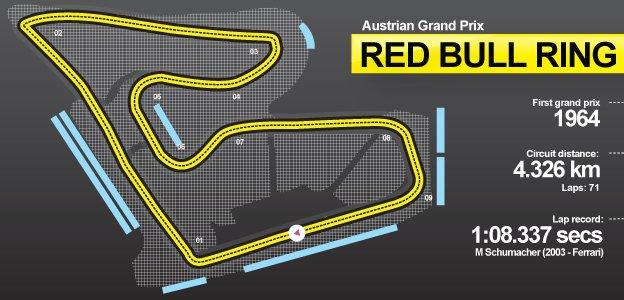
The Austrian GP first ran in 1964. This year's race is 71 laps long - the fastest lap is held by Michael Schumacher, set in 2003 for Ferrari
Its location in the Austrian Alps means that the weather conditions can change rapidly, which could give added spice to the event.
An Austrian Grand Prix flashback
The 1982 Austrian Grand Prix, external proved to be a race of firsts and lasts as Elio de Angelis took his maiden victory in what turned out to be the last win by a Colin Chapman-built Lotus.
Nelson Piquet led away from pole position before the Brabham driver was passed by team-mate Riccardo Patrese on lap two.
Piquet then created history when he made the first planned modern day F1 pit stop for fuel and tyres, rejoining in fourth place.
Patrese suffered an engine failure, handing the lead to Renault's Alain Prost. The Frenchman then went about building a big lead while De Angelis moved into second.
But with just five laps to go, Prost retired with mechanical failure, allowing De Angelis to inherit the lead.
That set up a thrilling final few laps as Keke Rosberg in the Williams, who had also yet to win a race by this point, set about closing down a 10-second gap.
By the last lap, Rosberg was just 1.6 seconds behind and as they ran up the hill towards the final corner, De Angelis took the inside defensive line with Rosberg on his gearbox.
But that meant the Italian was forced to take a tight entry into the final corner, sending him wide on the exit and allowing Rosberg to pull alongside on the home straight.
The gap as they crossed the line was just 0.050 seconds, less than half a car length, in what was one of the closest finishes in history.
- Published17 June 2014
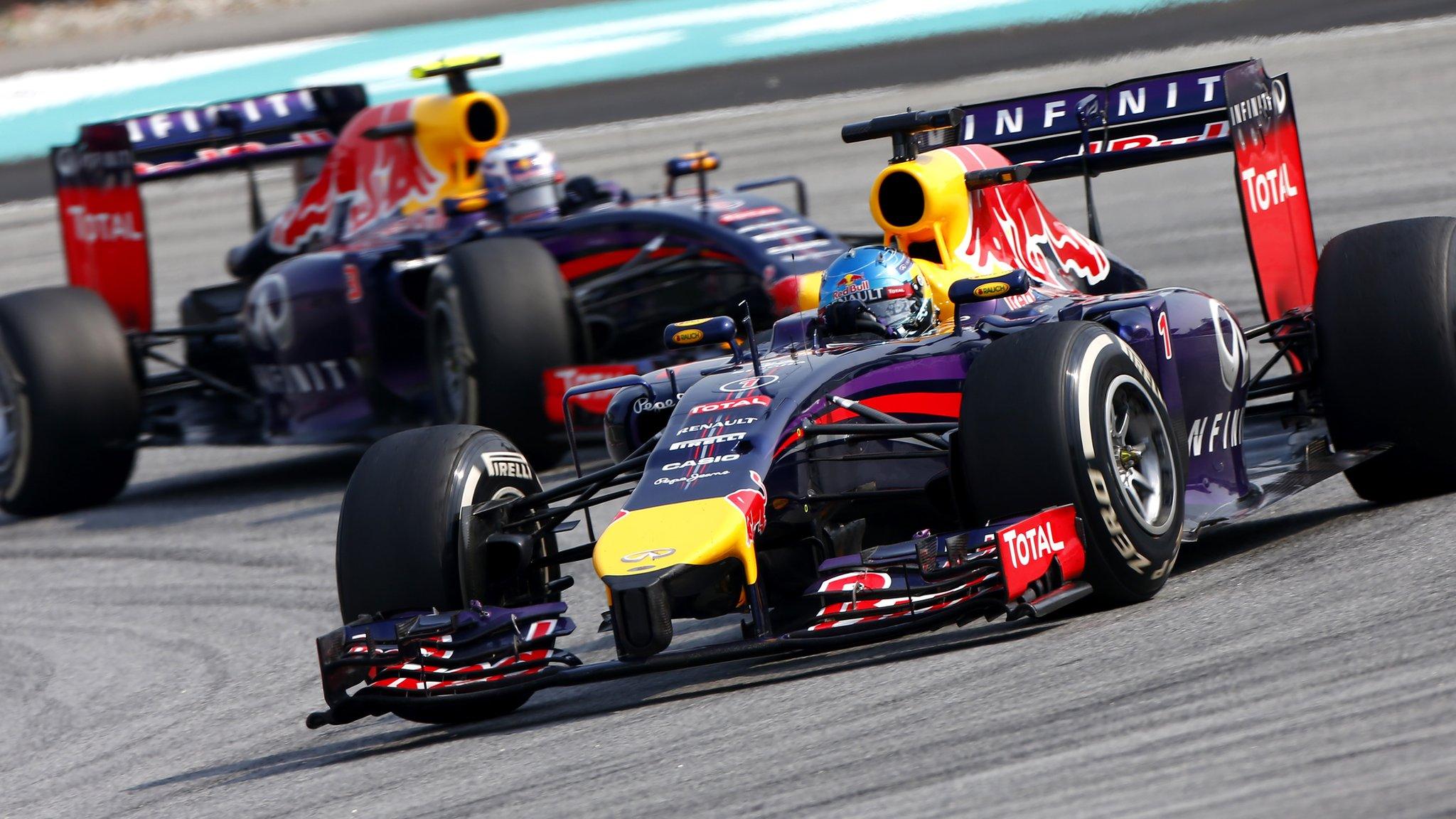
- Published13 June 2014
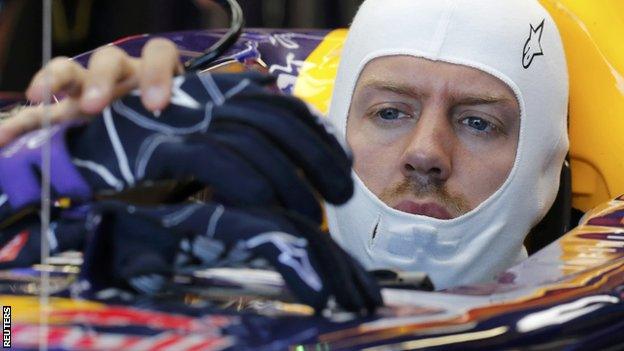
- Published23 July 2013
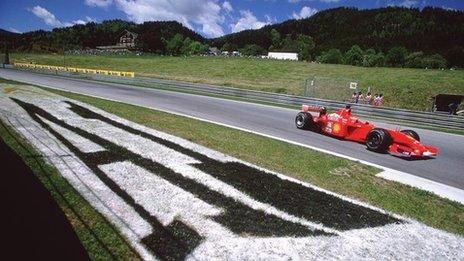
- Published9 December 2012
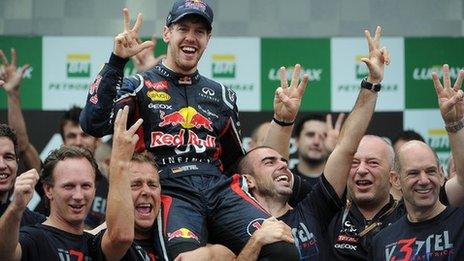
- Published26 February 2019
